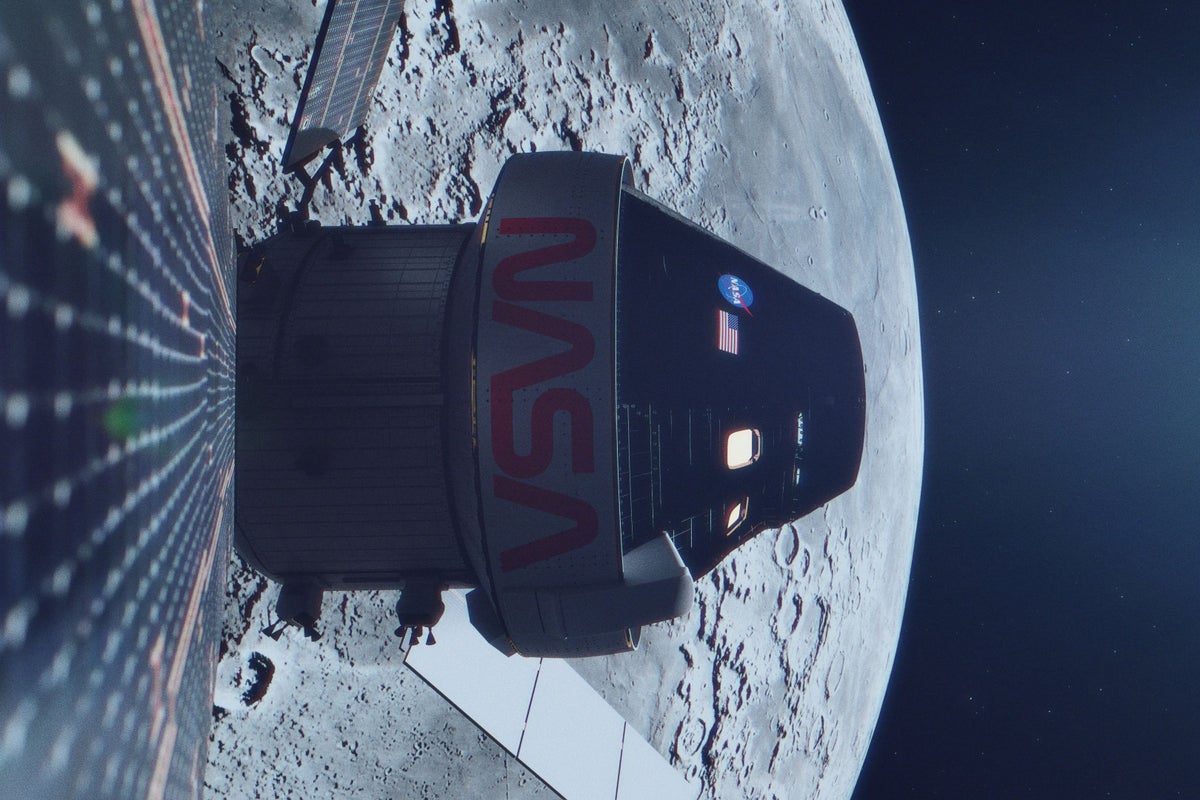Nasa’s Orion capsule set for splashdown on Earth after moon mission

Nasa’s Orion spacecraft is making its way back to Earth after a trip around the moon that lasted 25 days.
The uncrewed capsule, which is designed to carry astronauts, is set to splash down in the Pacific Ocean near Guadalupe Island at 5.40pm GMT on December 11.
If successful, the craft will take humans around the moon for its next mission, slated for 2024.
The splashdown is the final hurdle Orion faces in what has so far been a successful demonstration mission.
The capsule blasted off from Earth on November 16 on Nasa’s Space Launch System (SLS) rocket as part of the Artemis-1 mission, ushering in a new era of lunar exploration that could see humans return to the moon.
Nine days later, it made history by travelling 270,000 miles beyond the Earth – the furthest any spacecraft designed to carry humans has gone.
By the time it splashes down, Orion will have notched up more than 1.4 million miles.
There may be no humans on this mission, but returning from the long-haul journey are woolly spacefarers Snoopy and Shaun the Sheep, alongside three mannequin astronauts – dubbed Commander Moonikin Campos, Helga and Zohar.
Speaking about the popular Aardman character, David Parker, director of human and robotic exploration at the European Space Agency (ESA), described Shaun’s mission as “a small step for a human, but a giant leap for lambkind”.
Orion and its toy passengers will brave a bumpy ride back as the spacecraft hurtles towards Earth at about 25,000mph, with outside temperatures approaching 3,000C.
As it enters the Earth’s atmosphere, Orion’s speed will slow down to around 325mph, before it deploys its 11 parachutes to slow down further to a splashdown speed of 20mph or less.
Recovery teams on a ship waiting off the California coast will then pull the capsule – and its passengers – on board.
While the Artemis-1 mission has been all about testing systems, the Artemis II flight test will be Nasa’s first mission with astronauts who will fly around the moon.
If successful, Artemis II will pave the way to land the first woman and next man on the moon as part of Artemis III.
The last manned mission to the moon was Apollo 17 in December 1972.
The Artemis missions are part of Nasa’s long-term plans to build a space station – called Lunar Gateway – where astronauts will be able to live and work.
The building of the Lunar Gateway will include contributions from scientists and engineers in the UK, including from Thales Alenia Space UK and Imperial College London, with backing from the UK Space Agency.
For all the latest Science News Click Here
For the latest news and updates, follow us on Google News.

